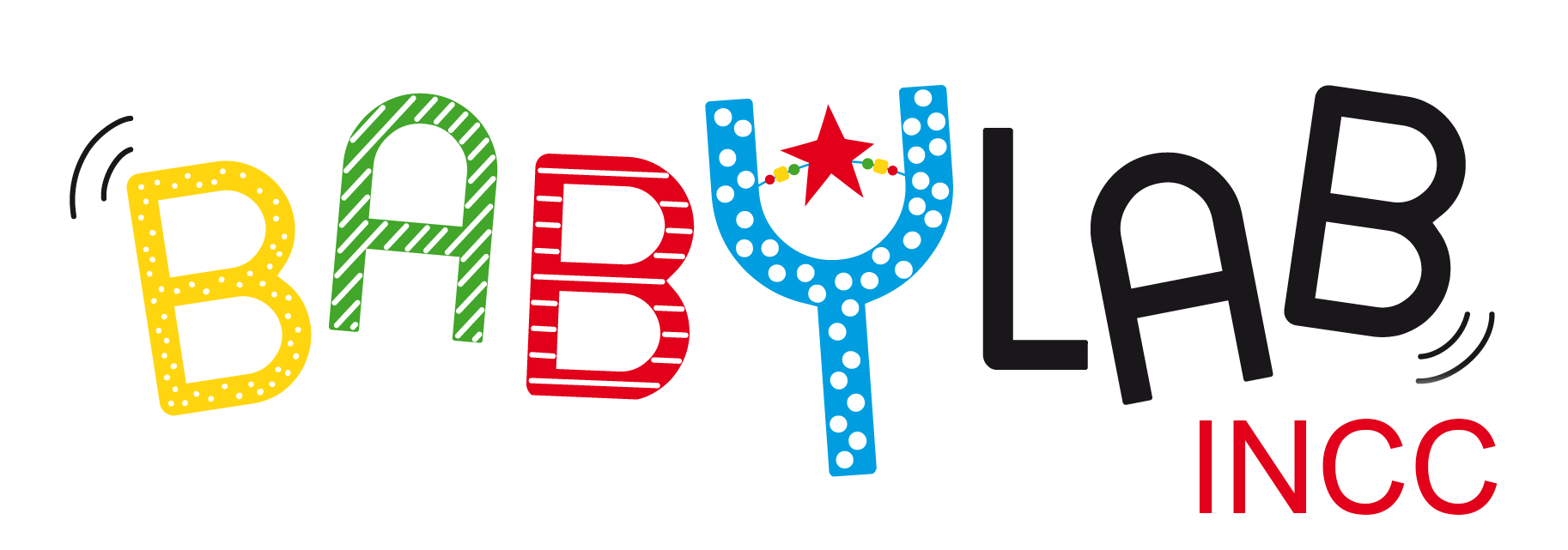Thierry Nazzi
Senior Research Scientist- CNRS

I’m interested in speech perception in infants, in lexical and syntactic acquisition. Presently, i’m inivestigating the mechanisms that allow infants to acquire the different levels of properties of the native language. Our studies compare language acquisition in monolingual and bilingual infants. I’m also conducting studies on language acquisition in children with Williams syndrome, deaf children with cochlear implants, and premature infants.
Ongoing projects
Neural study of bilingual lexicon structure: impact of language distance, word type, and relatedness in the developing brain
Our aim is to investigate lexical-semantic organisation in bilingual infants, as a lens into the internal structure of bilingual lexicon. More specifically, we aim to investigate how lexical-semantic organisation – both thematic and taxonomic – in the bilingual brain is shaped by language distance and cognate status of words.

Project team lead
Pia Rämä
Early speech perception and processing of phonological information in lexical acquisition in French- and Akan-learning infants and toddlers
This cross-linguistic project explores how French and Akan-learning toddlers process phonological information (consonants, vowels, tones) when learning words in their native and non-native languages.

Project team lead
Paul Okyere Omane
Linking early phonolexical acquisition and later vocabulary development
In this project, we test the proposal that a crucial milestone in language acquisition is reached when infants discover which sounds (consonants versus vowels) are more important at the lexical level in their native language, leading to an acceleration of subsequent vocabulary development.

Project team lead
Thierry Nazzi
Ticoala
Adaptation of a digital tool for assessing children’s language skills in nursery school.

Project team lead
Thierry Nazzi

Project team lead
Ranka Bijeljac-Babić
Prosodic grouping biases from birth to adulthood in monolingual speakers
This project studies how adults and young children use variations in intensity, duration and intonation to group syllables into word units.

Project team lead
Thierry Nazzi
Characterisation of the processing of acoustic cues and speech processing in noise in normal-hearing and hearing-impaired children with mild to moderate sensorineural hearing loss – SPINTAE
In this large-scale study, we aim to evaluate the processing abilities of different acoustic indices between 5 and 10 years of age in children without hearing problems and those with sensorineural hearing loss.

Project team lead
Laurianne Cabrera
Perception of sibilant consonants and understanding of plurals in hearing-impaired children – LaulauH
The objective is to understand to what extent a deficit in perception of certain sounds, such as “s” and “z”, when they are heard in background noise, can have an impact on oral comprehension of the plural in subject-verb agreement.

Project team lead
Laurianne Cabrera
Development of the auditory system and speech perception in infants- BabySIN
On the one hand, the cerebral processing of different acoustic variations of sounds is studied in 3-month-old infants using the electroencephalography technique. On the other hand, the ability to perceive speech in noise in these infants is measured using an observation technique.

Project team lead
Laurianne Cabrera
Proccesing phonological information while learning and recognizing words
It has been proposed that consonants carry more weight than vowels in lexical processing. Given the timing of acquisition observed in French, we have proposed that this consonant bias emerges in connection with phonological and (proto)lexical acquisition, a hypothesis we are currently testing.

Project team lead
Thierry Nazzi
Predicting language outcomes in typical development
We explore how elementary perception and learning mechanisms are linked to language acquisition. To this end, we test infants on different perception and learning mechanisms, at different stages of their development and up to 2-3 years of age.

Project team lead
Thierry Nazzi
Language acquisition in atypical development
Knowing the mechanisms underlying typical language acquisition also makes it possible to explore whether or not these mechanisms are present in populations with atypical language acquisition and could be involved in their learning difficulties.

Project team lead
Thierry Nazzi
Lexical-semantic development
Our studies aim to understand the neural mechanisms underlying this development in monolingual and bilingual children.

Project team lead
Pia Rämä
Acquisition of phonological biases in lexical processing
We aim to understand how different types of sounds, as well as their arrangements within the words of a language, influence the acquisition and lexical processing of French, German, and Franco-German bilingual speakers.

Project team lead
Thierry Nazzi
Vocabulary growth and sound symbolism
Our aim is to study whether the sensitivity to sound symbolism in infancy is linked to emerging vocabulary skills.

Project team lead
Pia Rämä
Voice familiarity in the processing of word meanings
This project aims to investigate whether familiarity with the speaker’s voice facilitates lexical-semantic processing in infants.

Project team lead
Pia Rämä
Selected Publications
-Berdasco-Muñoz, E., Biran, V., & Nazzi, T. (2023). Probing the impact of prematurity on segmentation abilities in the context of bilingualism. Brain Sciences, 13(4), 568. DOI : 10.3390/brainsci13040568; hal-04197058, version 1
-Kaland, C., Bhatara, A., Boll-Avetisyan, N., & Nazzi, T. (2025). Iambic-Trochaic grouping in native listeners of Papuan Malay, Akan, and German. Journal of the Acoustical Society of America, 158(1),776-789. DOI: 10.1121/10.0037212; hal-05266725v1
-Kalashnikova, M., Singh, L., Tsui, A.S.M., Burnham, D., Cannistraci, R., Chen, H., Chin, N.B., Feng, Y., Gisvold, A.K., Götz, A., Gustavsson, L., Hay, J., Höhle, B., Kager, R., de Klerk, M., Lai, R., Liu, L., Marklund, E., Nazzi, T., Picaud, A., Schwarz, I.-C., Tsao, F.-M., Wewalarachichi, T.D. Wong, P.C.M., & Woo, P.-J. (2023). The development of tone discrimination in infancy: Evidence from a cross-linguistic, multi-lab report. Developmental Science, e13459. DOI: 10.1111/desc.13459; hal-04322749, version 1
-Piot, L., Chen, H., Picaud, A., Dos Santos, M., Granjon, L., Luo, Z., To, W.H.A., Lai, R.Y., Cheung, H. & Nazzi, T. (2024). Tonal interference in word learning? A comparison of Cantonese and French. Journal of Experimental Child Psychology, 242, 105883. DOI: 10.1016/j.jecp.2024.105883; hal-04550312-v1
– Piot, L., Nazzi, T., Boll-Avetisyan, N., van Ommen, S., & Schmandt, S. (2025). Phonological biases in lexical access in French and German: data from a familiar word-recognition conflict task. Infant Behavior and Development, 79, 102070. DOI: 10.1016/j.infbeh.2025.102070; hal-05266683v1.
